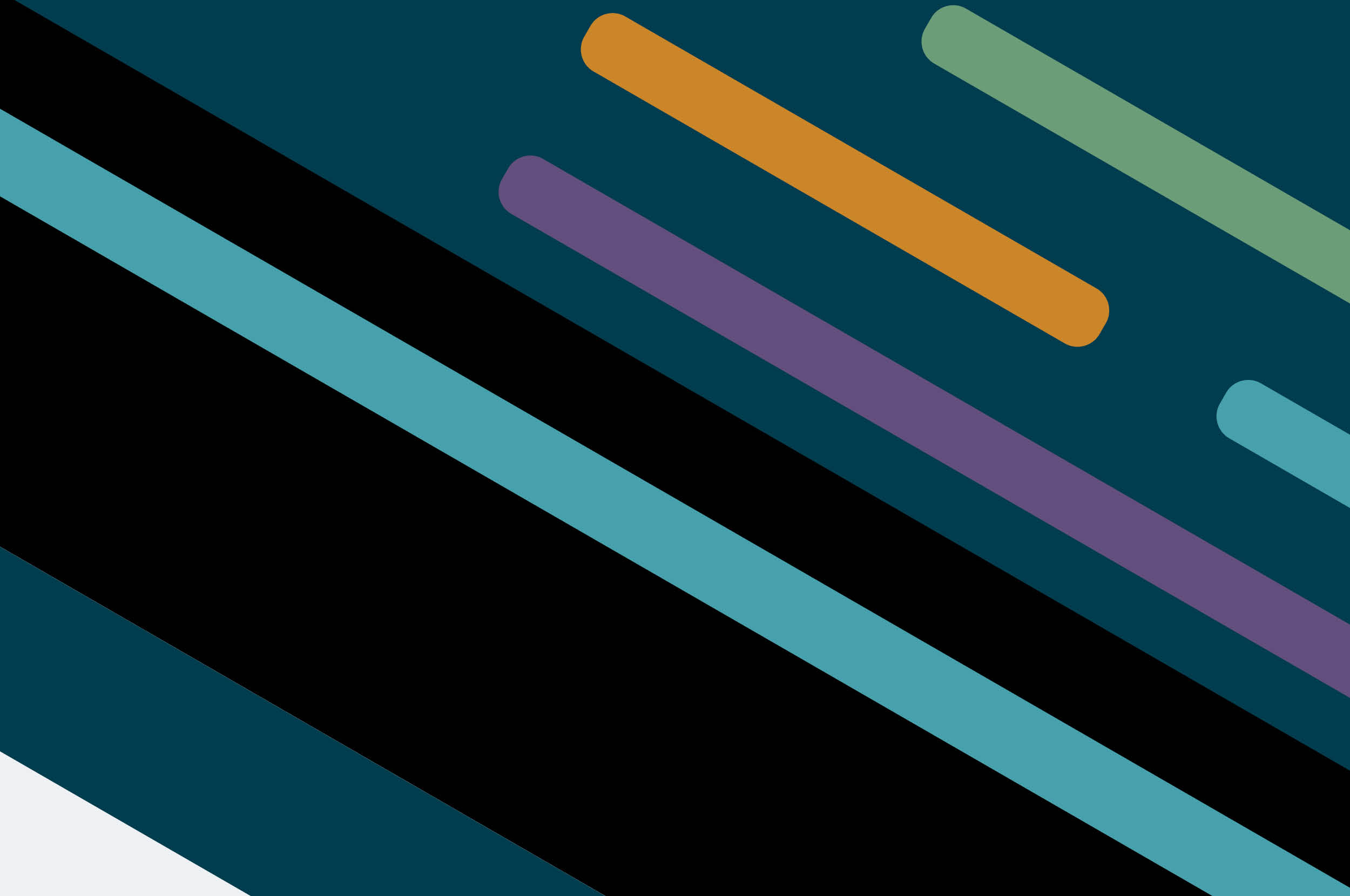Gender-Inclusive language
“Oppressive language does more than represent violence; it is violence; does more than represent the limits of knowledge; it limits knowledge.” — Toni Morrison, Winner of the Nobel Prize for Literature
We invite you to challenge language. As tech becomes more pervasive, the language which limits our thoughts must become more equitable, as does the language in the products we build.
Language must evolve to overcome long-established power structures. It must both overcome patriarchal norms and become accessible.
Generic masculine language — language which falls back to men as the default — renders women, trans, intersex and non-binary people invisible. It is not enough to say the generic he means everyone when everyone is not seen. When women and genderqueer people fall in between lines about “statesmen”, “businessmen” and proverbs like “he who laughs last, laughs best”. Therefore, language has to evolve in order to include those outside the current perceived norm.
Gender is not binary — it is a spectrum beyond the narrow social construct of dichotomy between women and men. It is fluid; it is boundless; it is anything in between and beyond the binary which we are made to believe is the norm. This is a reality which language has to facilitate.
The German language, among others, is severely gendered. Most nouns addressing people have a masculine and feminine form and German, too, applies generic masculine language.
However, the German language is evolving and strives to become more inclusive. In order to facilitate gender-inclusive language in written text, gender markers like the gender star (*), gender colon (:) and gender gap (_) have been introduced. They try to convey the spectrum of genders with which people can identify. Examples for this can be found in Table 1.
| English | German masculine |
German feminine |
With gender markers |
the employee |
Der Mitarbeiter |
Die Mitarbeiterin |
Der*die Mitarbeiter*in, Der:die Mitarbeiter:in, Der_die Mitarbeiter_in |
the customer |
Der Kunde |
Die Kundin |
Der*die Kund*in, Der:die Kund:in, Der_die Kund_in |
the deputy |
Der Stellvertreter | Die Stellvertreterin |
Der*die Stellvertreter*in, Der:die Stellvertreter:in, Der_die Stellvertreter_in |
the team lead |
Der Teamleiter |
Die Teamleiterin |
Der*die Teamleiter*in, Der:die Teamleiter:in, Der_die Teamleiter_in |
Table 1, examples of gendered German words
Language in digital products
While gender markers have become increasingly integrated into digital products, there is still no universally agreed upon gender marker. This results in different approaches in written language which causes confusion and disruption in the reading flow. One text can be written using the gender star (*) while the next one might use the gender colon (:). This poses a challenge to the accessibility of written language. It is particularly challenging for those who rely on screen readers, as screen readers do not recognize these symbols as gender markers. By default, screen readers cannot differentiate the semantic meaning of a symbol as a gender marker from any other meaning that same symbol might have. For instance, an asterisk (*) can serve as a gender marker or as a marker for a required field in a form. While screen readers can be adjusted to personal preferences when it comes to speaking out characters in a written text, it is not easy, sometimes even impossible, to set them up in a way that certain symbols are read as a short break — a glottal stop — if they are supposedly a gender marker.
However, identities intersect — a person who needs a screen reader can be non-binary, too, and if language is supposed to address them, then their reality has to be catered for.
We as product creators — whether designers, product owners, developers or beyond — use language in our products: in user interfaces, in code, in databases.
The language of our products must be equitable at all levels. A digital product which relies on generic masculine language to address everyone fails to address women and genderqueer people. Let's take a simple form — online or offline — as an example. A form that forces you to choose between "man" and "woman" as the only gender options is not sufficient. Having these two options excludes those who identify outside the binary. Furthermore, this gender data oftentimes represents itself in all levels of a product: frontend, backend and database, reinforcing the normative gender binary at all levels. The image below is from a website which only provides two gender options. It cannot be changed because this binary is deeply intertwined in their code.


Image: FAQ about why only women and men are selectable options
Let’s create products which are inclusive and equitable for all, women and genderqueer people and people with disabilities.
In part two of this article series, we will guide you through how to craft gender-inclusive and accessible content in digital products.
Disclaimer: The statements and opinions expressed in this article are those of the author(s) and do not necessarily reflect the positions of Thoughtworks.


















